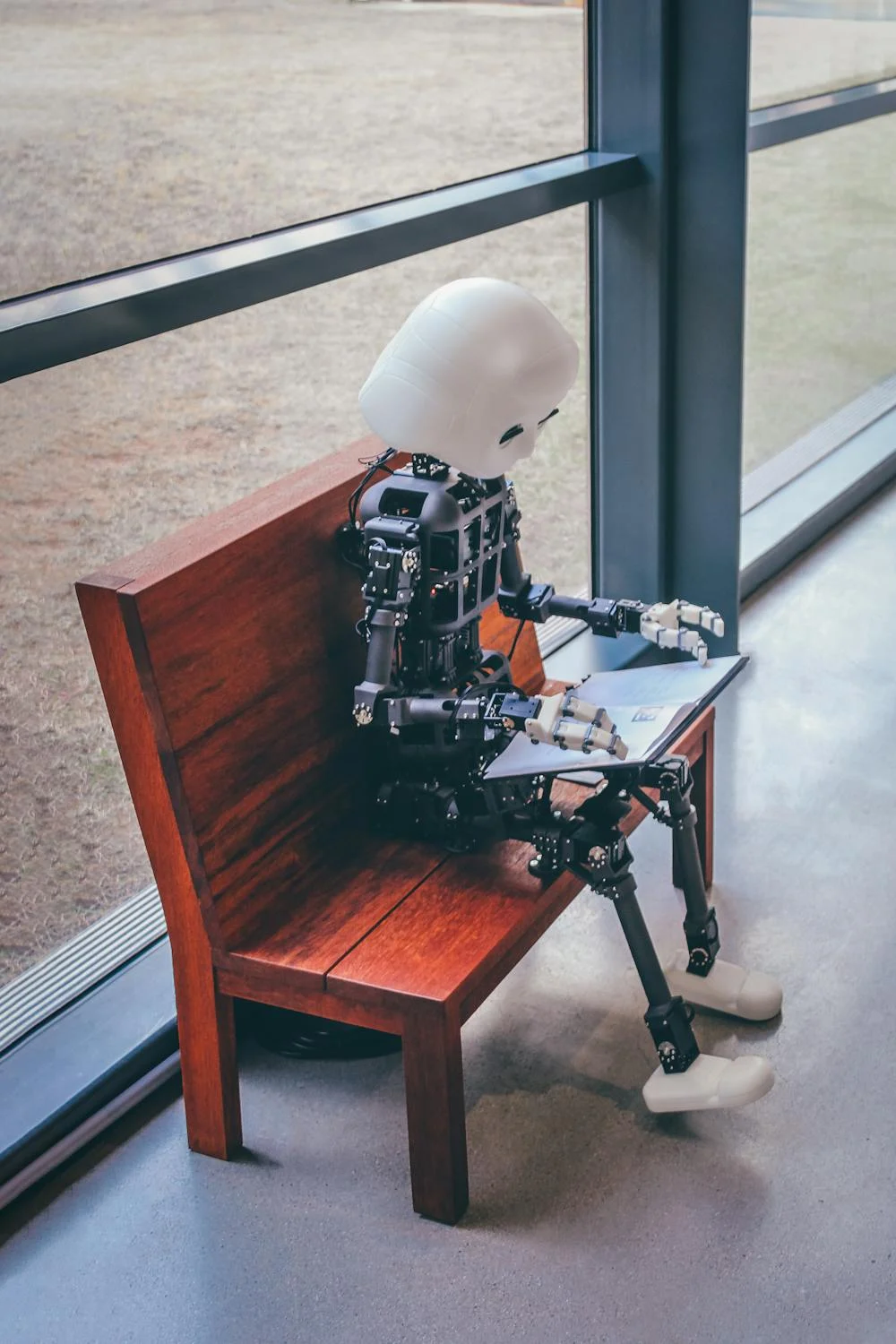
Eight years ago, Noland Arbaugh experienced a life-altering accident that left him paralyzed from the shoulders down at the age of 21. Recently, he made history by becoming the first patient to receive a brain implant as part of Neuralink’s inaugural human trial. In a live video streamed by the Elon Musk-owned startup, Arbaugh amazed viewers by playing chess using only his thoughts.
Describing the experience, Arbaugh likened controlling the cursor to using the Force from Star Wars. “It became intuitive to start imagining the cursor moving. I could get it to move wherever I wanted it,” he said. Reflecting on the surgery, Arbaugh remarked that it was “super easy,” and he was discharged from the hospital just a day later.
The brain implant in Arbaugh’s brain is known as “Telepathy,” according to Musk. The technology demonstrated in the video has the potential to revolutionize human capabilities, Musk suggested in several X posts. Neuralink has promised to release more clips showcasing similar feats in the coming days.
Arbaugh emphasized that while the technology is life-changing, it is not without its challenges. “There’s a lot of work to be done. But it has already changed my life,” he said.
Neuralink’s approach involves the insertion of electrodes directly into the brain’s tissue, which places them closer to the brain’s neurons. This invasive method has its advantages and disadvantages. While it offers better access to brain signals, it also causes some damage to the brain tissue.
Other companies, like Neurosity, have developed noninvasive devices that read brain waves to enable users to control computers with their thoughts. A 2008 study found that noninvasive brain-computer interfaces, paired with adaptive algorithms, can provide people, including those with spinal cord injuries, with two-dimensional cursor movement and target selection.
Dr. Gregory Cogan, an assistant professor of neurology at Duke University, highlighted the advantages of Neuralink’s invasive approach but also noted the success of less invasive methods, such as a flexible brain sensor developed at Duke. This sensor sits on top of the brain, recording and transmitting brain signals without the need for direct implantation into brain tissue.







